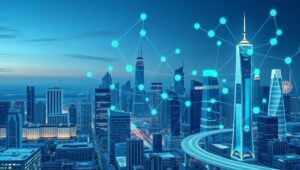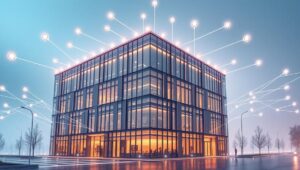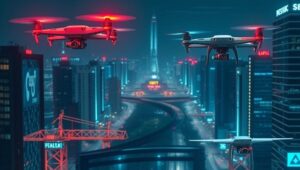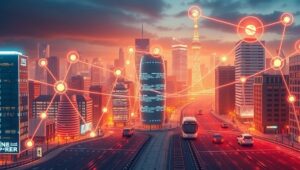May 20, 2025
Voice Assistants as the Hub of the Future Smart Home (2025)
Voice Assistants as the Hub of the Future Smart Home (2025) Imagine stepping into your home in 2025. The lights adjust automatically to your preferred brightness, your favorite music starts playing, and the thermostat adjusts to the perfect temperature. This seamless orchestration of your home environment is increasingly being managed by voice assistants. This post explores how voice assistants are evolving into the central hub of the smart home, examining their current capabilities and future potential. The Rise of the Smart Home The smart home concept has moved from science fiction to reality, driven by advancements in IoT (Internet of












